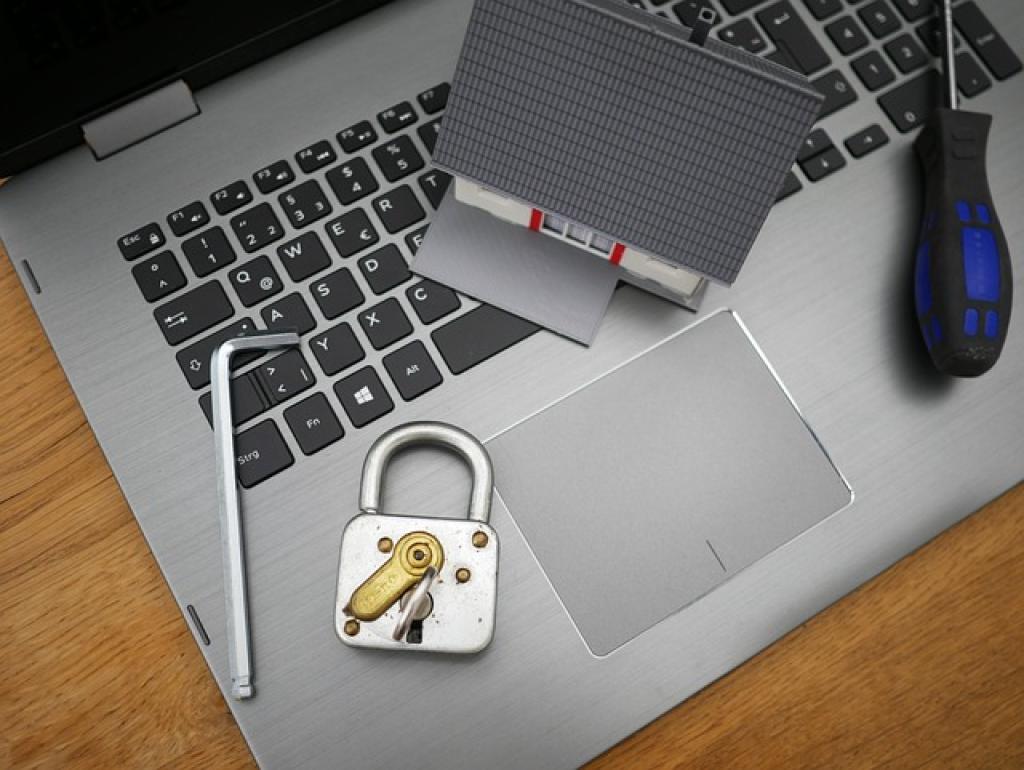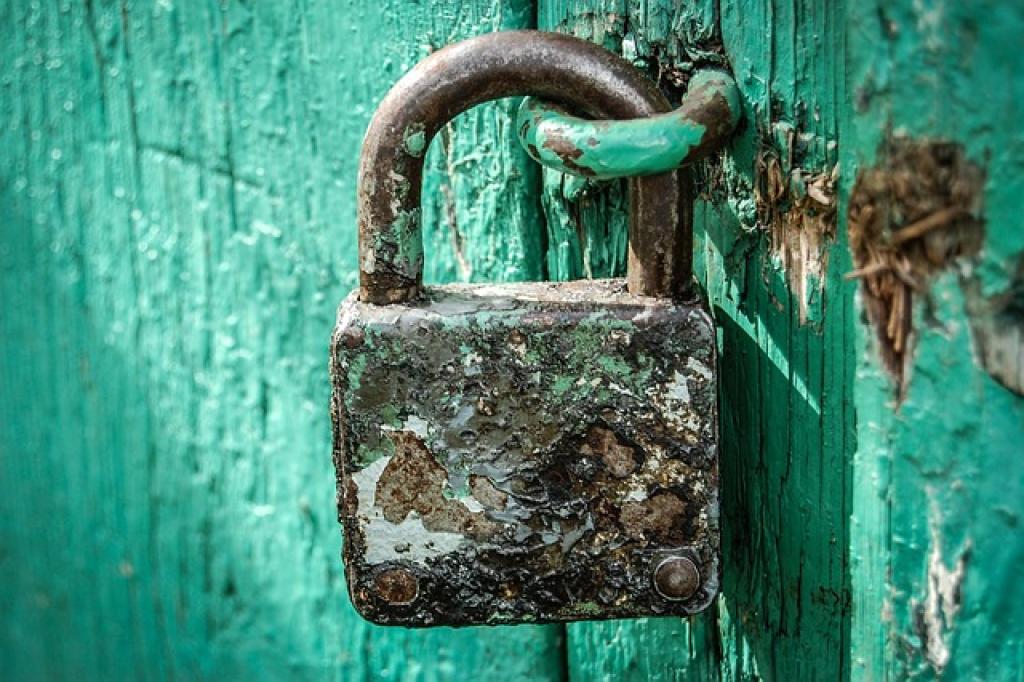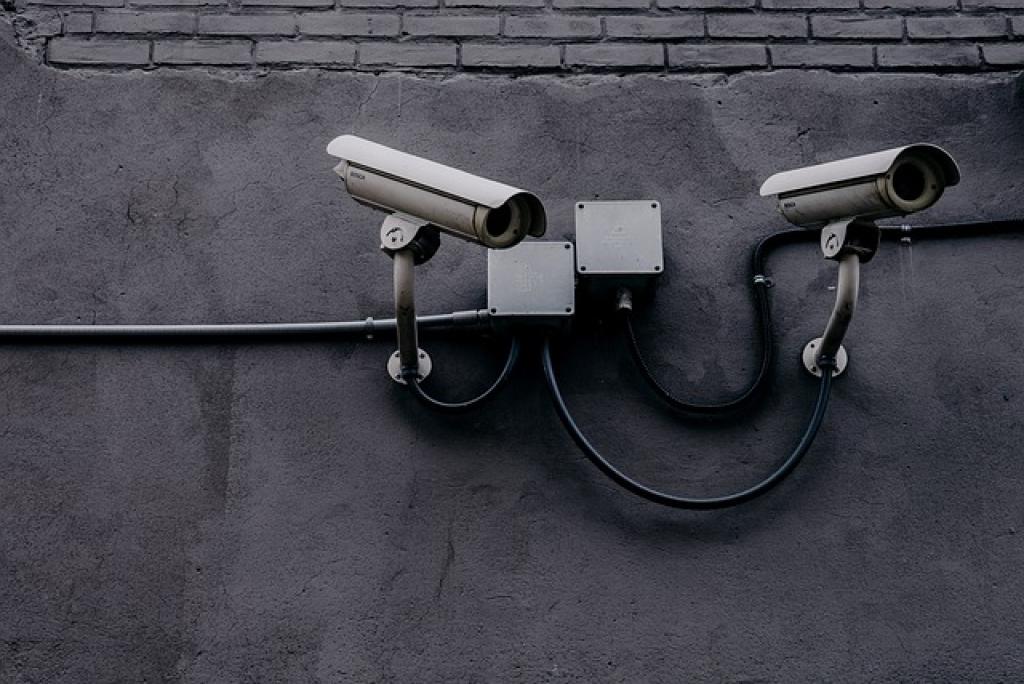
Protect Your Property: Why Commercial Buildings Need On-Site Security
Imagine arriving at your office only to find broken windows and missing equipment. It’s a nightmare scenario for business owners, but it’s also a reality that many face because of inadequate security measures.
Commercial buildings are bustling hubs, often filled with expensive equipment, sensitive data, and valuable inventory. Protecting these assets is crucial for maintaining operations and safeguarding livelihoods.
On-site security doesn’t just deter thieves; it provides peace of mind to employees and clients alike. When people feel safe, productivity can flourish, and trust in your business grows.
Why take the risk? Securing your property is more than a precaution—it’s an investment in your business’s future.
Understanding the Importance of On-Site Security for Commercial Buildings
Commercial properties are prime targets for theft and vandalism. They often house expensive technology, confidential files, and valuable goods. A well-rounded security presence can act as a significant deterrent to potential criminal activity.
On-site security guards maintain a constant physical presence, creating an immediate layer of protection. Unlike surveillance cameras that passively capture incidents, trained personnel respond promptly to threats and manage emergencies efficiently.
Enhancing Business Reputation
A secure environment not only protects assets but also enhances a business’s reputation. Clients and partners feel more confident working with a company that prioritizes safety. It also demonstrates responsibility and commitment to all stakeholders involved.
Security isn’t just about responding to incidents; it involves proactive measures like regular patrols, access control, and incident reporting. Together, these efforts help create a secure workplace that fosters trust and encourages positive business interactions.
Risk Assessment: Identifying Vulnerabilities in Your Property
Understanding your property’s weak points is essential to establishing robust security measures. A comprehensive risk assessment can highlight areas that might be overlooked in everyday operations.
Start by evaluating all entry points. Doors, windows, and gates should be scrutinized for potential break-ins. Vulnerable access points, often tucked away from main areas, require particular attention to ensure they don’t become easy targets.
Evaluating Technological Safeguards
Next, assess your current technology. Are your surveillance systems up-to-date and positioned correctly? Cameras should cover critical zones without blind spots. Advanced systems with remote monitoring capabilities offer additional layers of security.
Don’t forget the human element. Engage with employees to identify any security lapses they’ve noticed. Their firsthand experience can provide invaluable insights into daily security challenges.
Conducting regular assessments not only helps in identifying vulnerabilities but also keeps your strategies relevant. As businesses grow or change, so do their security needs. Adapting these strategies based on current assessments ensures continuous protection of your assets.
Implementing Access Control Systems for Enhanced Security
Access control systems are a cornerstone of modern security strategies, crucial for managing who goes where within a commercial property. These systems provide an efficient way to monitor and restrict entry, ensuring that only authorized individuals can access certain areas.
Implementing such systems begins with determining the levels of access required. Employees, vendors, and visitors might need different levels, so tailoring access accordingly is key. This approach not only protects sensitive areas but also streamlines operations by allowing free movement where it’s needed most.
Modern access control options range from keycards and biometric scanners to mobile access solutions. Each offers unique benefits, like tracking entry times and assisting in emergency evacuations. The ability to audit access can also assist in incident investigations, providing a clear record of who was where at any given time.
The flexibility of these systems means they can grow with your business. As your needs expand, the system can be easily updated to include new access points or users, ensuring ongoing compatibility with your security objectives. By integrating access control, you significantly enhance the overall safety of your commercial space.
The Role of Surveillance Cameras in Deterring Criminal Activity
Surveillance cameras are a fundamental element in the security toolkit, playing a vital role in deterring criminal activities in commercial buildings. Their mere presence can make potential wrongdoers think twice before attempting anything unlawful.
Well-placed cameras act as a vigilant eye, monitoring key areas around-the-clock. This constant observation serves as both a preventive measure and a means of gathering evidence, should an incident occur. The footage captured can be crucial for law enforcement and insurance claims, adding layers of protection to your business interests.
Modern cameras offer advanced features such as high-definition video, night vision, and motion detection, making them more effective than ever. Remote monitoring capabilities enhance their utility further, allowing security staff to oversee premises in real-time from virtually anywhere.
Implementing a strategically planned surveillance system ensures comprehensive coverage. By eliminating blind spots and integrating with other security measures, cameras contribute significantly to creating a secure environment. Their effectiveness lies not just in capturing footage but in their ability to deter and mitigate potential threats before they escalate.
Training Staff on Security Protocols and Emergency Procedures
Having robust security measures in place is only as effective as the people who implement them. Training staff on security protocols and emergency procedures ensures everyone knows their role in maintaining a safe environment.
Start by educating employees about the importance of vigilance and reporting suspicious activities. Regular training sessions can address specific scenarios like unauthorized access attempts or emergency evacuations, preparing staff to respond promptly and effectively during incidents.
Customized training programs should incorporate both general safety practices and specific protocols tailored to your business needs. Interactive drills and workshops can reinforce understanding and boost confidence in handling potential threats.
Clear communication is key during emergencies. Ensure that all employees are familiar with alarm systems, evacuation routes, and assembly points. Having a well-practiced response plan minimizes panic and confusion, enhancing overall safety.
By empowering staff with the necessary knowledge and skills, you strengthen the first line of defense in your security strategy. A team that is well-prepared and informed contributes significantly to the safety and security of the entire commercial property.
Incorporating Security Personnel for Swift Response to Incidents
Security personnel hold a pivotal role in fortifying commercial buildings, offering immediate, on-ground action that technology alone cannot provide. They serve as the first responders, addressing emergencies directly and efficiently.
Having trained security staff on-site ensures rapid response times to incidents such as breaches, medical emergencies, or disturbances. Their presence not only deters criminal activity but also provides reassurance to employees and visitors alike.
Tailored Roles and Responsibilities
Effective security personnel understand the unique requirements of your property. Their roles can range from monitoring entrances and exits to managing the access control systems. When emergencies arise, they coordinate evacuation procedures and liaise with law enforcement if necessary.
Regular interaction with employees helps security personnel familiarize themselves with daily operations, allowing them to detect anomalies quickly. This proactive engagement is critical for preventing incidents before they escalate.
Incorporating security personnel into your overall safety strategy reinforces all other security measures. With their expert judgment and hands-on approach, they provide an invaluable asset in maintaining a secure and protected environment for your business.
The Bottom Line: Investing in On-Site Security for Long-Term Protection
In conclusion, the safety and security of a commercial building are paramount to its success and sustainability. By integrating a comprehensive on-site security strategy, businesses can not only protect their physical assets but also instill confidence in employees and clients. This peace of mind is invaluable and contributes to a productive and thriving work environment.
Investing in security isn’t just about installing cameras or hiring guards. It’s about adopting a holistic approach that includes assessing vulnerabilities, implementing robust access control systems, and ensuring that all staff are well-trained in security protocols. Each of these elements plays a crucial role in creating a cohesive security plan that evolves with the needs of the business.
Moreover, the presence of well-trained personnel ensures that responses to any incidents are immediate and effective. This kind of proactive engagement can prevent potential threats from materializing into costly incidents, thereby safeguarding the business’s reputation and continuity.
In today’s world, where security threats are continuously evolving, businesses must stay one step ahead. Embracing both technology and human expertise within a framework of continuous assessment and improvement ensures that your commercial property remains a safe haven.
Ultimately, the investment in on-site security is an investment in the longevity and success of the business itself. By prioritizing protection now, businesses can secure their future, fostering an environment where growth and innovation can flourish without compromise.


